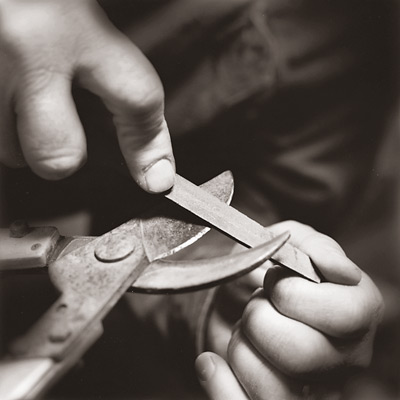Spring is the time to cut back overwintered perennials and prune shrubs to maintain shape as well as encouraging healthy growth. In fact pruning stimulates new growth. When a shoot is pruned, you cause buds on the remaining part of the branch to break into new growth. Most novice gardeners know this, but fear to try pruning thinking they might kill the plant. This is a misconception. It would be highly unlikely that a plant would die as a result of improper pruning. So take heart, plants are survivors and any errors that are made should disappear as the plant grows.
So when should you prune?
Spring flowering shrubs such as forsythias and lilacs bloom on previous season’s growth, this is commonly known as “old wood”. This means the flowers we see in spring are actually developed on the plant in late summer. For maximum results prune these shrubs immediately after they bloom. For summer and early autumn blooming shrubs such as butterfly bush and peegee hydrangeas they bloom on the current season’s growth, commonly referred to as “new wood” which means the flowers have developed since the growth started in the spring. These plants should be pruned just as growth starts in spring.
Keep your pruners as sharp as your skills!
As important as it is to prune plants to keep them healthy, you also have to take in consideration the condition of your equipment. You wouldn’t want a surgeon to operate on you with a dull and infected scalpel. The same rule applies when pruning your plants. Make sure your secateurs (pruners) are kept sharp, sharp blade will ensure a clean cut letting the plant heal faster and protecting the plant from disease. It is also important to disinfect your pruners after each use. Disease and infestations can be easily transported from an infected plant onto your pruners then infecting other plants without you even knowing it.
For more useful tips, please contact
Brian Roy, Owner / Maintenance Coordinator
Tree Amigos Landscaping Inc.


